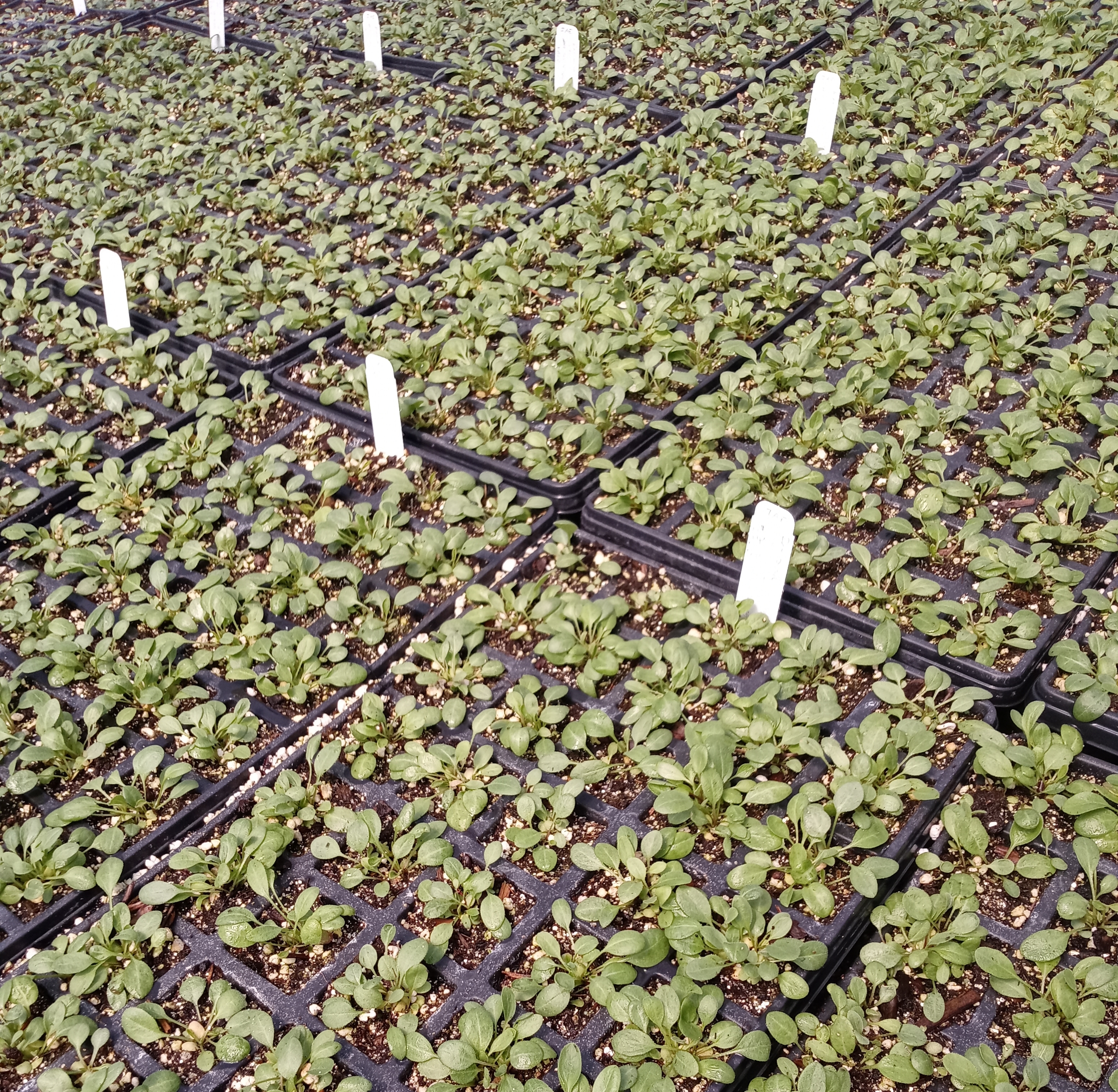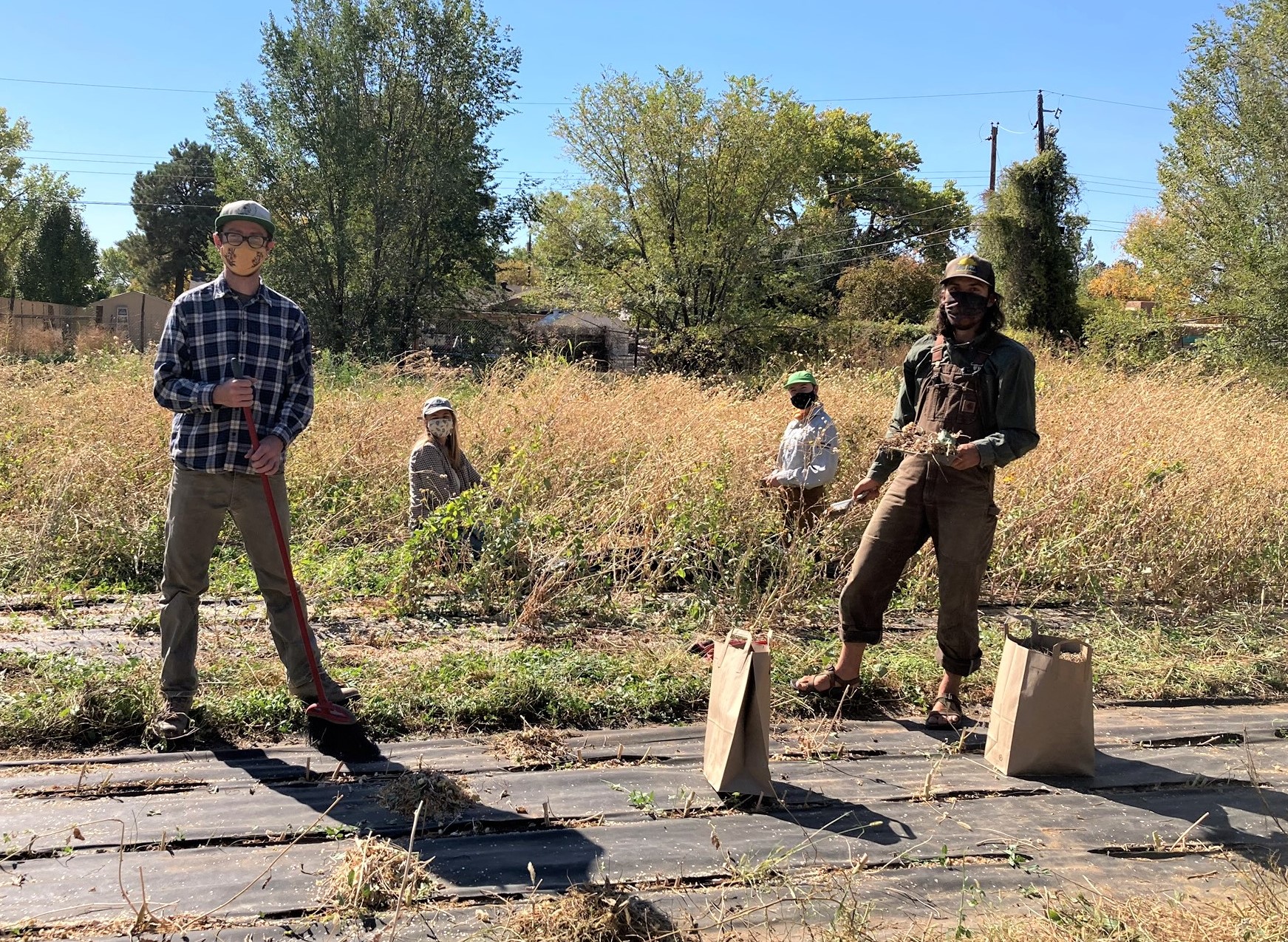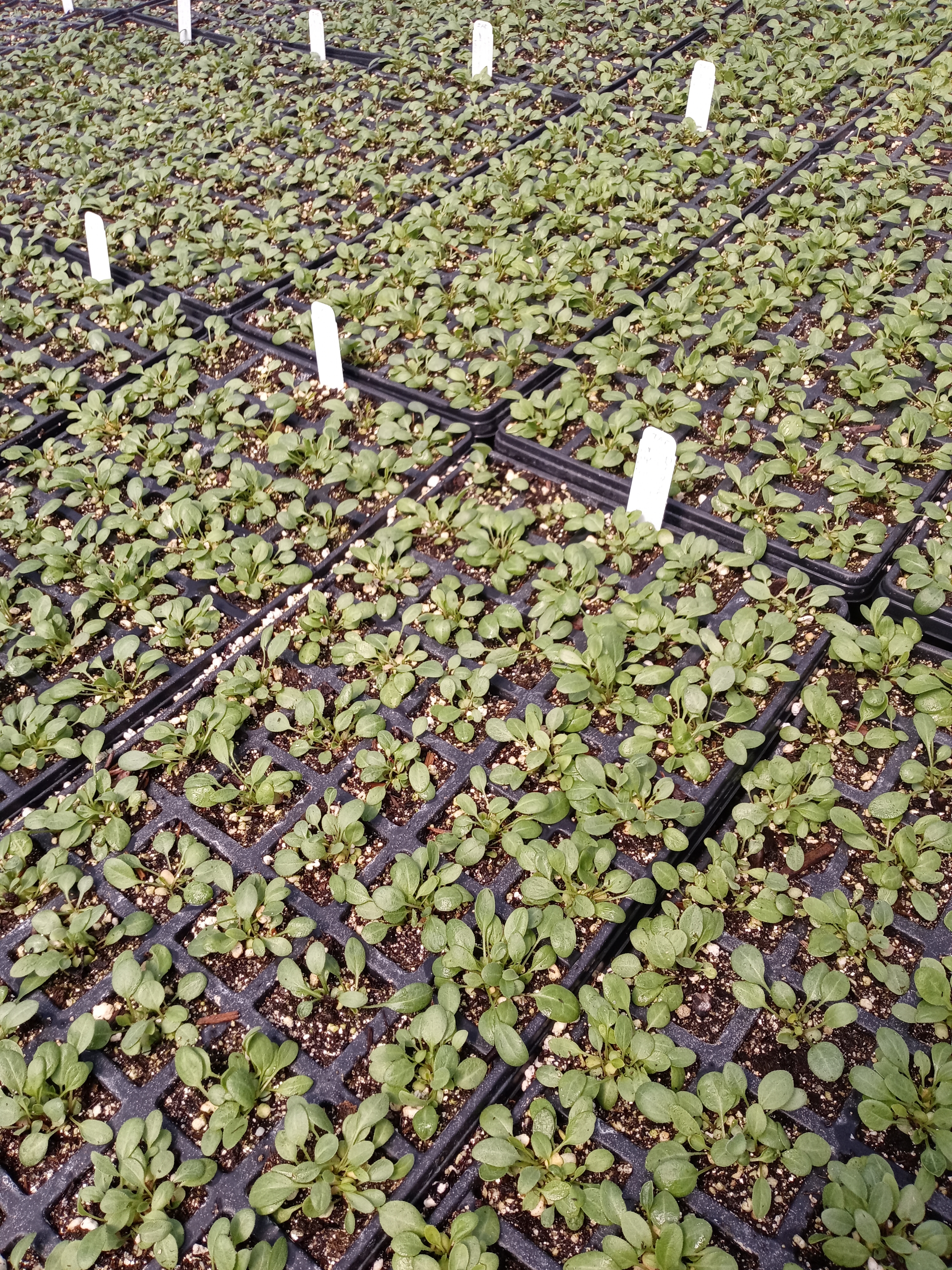
Got seed? Expanding Native Seed Farming in the Southwest in 2021
May 2021
Restoration practitioners in the Southwest region use native seed for many purposes including wildfire revegetation, rangeland restoration, erosion control, and reclamation after oil and gas development. Each year a huge quantity of seed is used across our region, but historically the seed that is available commercially may not be suitable for the arid southwest. While it is great news that the demand for ecologically appropriate native seed for use in Southwest restoration projects is at a record high, the supply has not caught up with this growing demand. Seed users identify this lack of species diversity and local seed sources as a major barrier to restoration success in our arid ecosystems.
The Southwest Seed Partnership (SWSP) is responding to this need by working with local farmers to grow locally sourced seeds. IAE SW coordinates this partnership, helping stakeholders and funders meet plant materials needs for their agency and the Southwest region. Through this funding we are able to provide contracts to both large- and small-scale farmers to grow SWSP seeds in farm fields to increase seeds available for restoration. To achieve the goal, the SWSP is increasing the number of species, acres, seed zones and native seed farmers.
This year we have doubled our seed production efforts with 9 acres of farm fields and 6 growers in NM and AZ producing 15 species of grasses and perennial and annual forbs (wildflowers). New species include: upright prairie coneflower (Ratibida columnifera), desert marigold (Baileya multiradiata), yarrow (Achillea millefolium), little bluestem (Schizachyrium scoparium), streambed bristlegrass (Setaria leucopila), mesa dropseed (Sporobolus flexuosus), squirreltail (Elymus elymoides), and Indian ricegrass (Achnatherum hymenoides).
Another big advance for the SWSP in 2021 is a shift to growing as many forbs as grasses. Forbs (or herbacious wildflowers) have been underrepresented in commercial markets as previously the focus was on easy-to-grow, workhorse grass species. However, with the growing awareness of the importance of wildflowers to restore landscape to support declining pollinator populations and the recognition of the numerous ecological services forbs provide, the demand for these species is also rapidly increasing.
The Southwest Seed Partnership relies on a diversity of nurseries and producers to grow native plants for our stakeholders in the Southwest. The Pueblo of Santa Ana Native Plant Nursery (located between Albuquerque and Santa Fe NM) has been a tremendous resource, providing plant materials cultivation and expertise. They have grown the plugs which are used to start many of our New Mexico seed farms, as well as nursery production for restoration projects at their native plant nursery. Existing contracts are being renewed and expanded with Bamert Seed Company and Borderlands Restoration Network. We are looking forward to working with 3 new growers (2 in New Mexico and 1 in Arizona) for initial increase fields including new species and seed zones.
We are thrilled about this increased capacity which benefits the native plant species and the animals that rely on them, our goals for the Southwest Seed Partnership, and farmers by diversifying their land and income and improving ecological services to their farms. Thanks to the New Mexico Bureau of Land Management, the Forest Service Southwest Region, and the New Mexico Native Plant Society for funding native seed production and capacity building for the Southwest Seed Partnership.
Restoration
Research
Education
Get Involved
Contact
Main Office:
4950 SW Hout Street
Corvallis, OR 97333-9598
541-753-3099
[email protected]
Southwest Office:
1202 Parkway Dr. Suite B
Santa Fe, NM 87507
(505) 490-4910
[email protected]
© 2024 Institute for Applied Ecology | Privacy Policy



